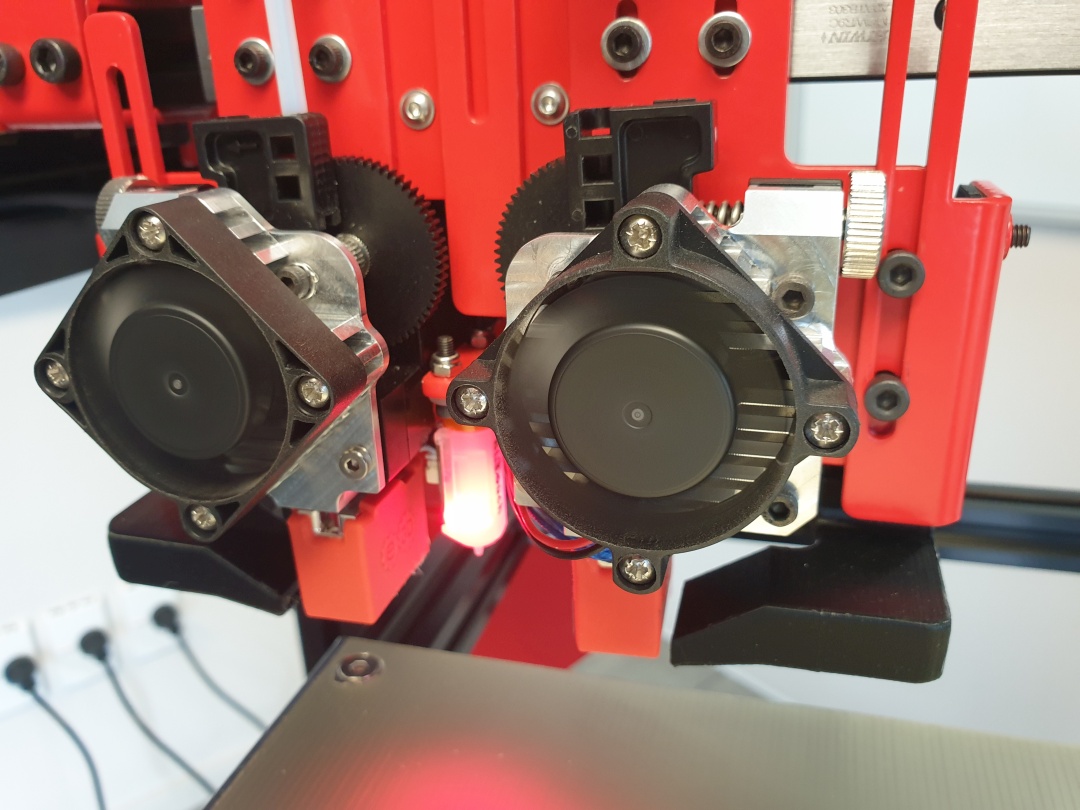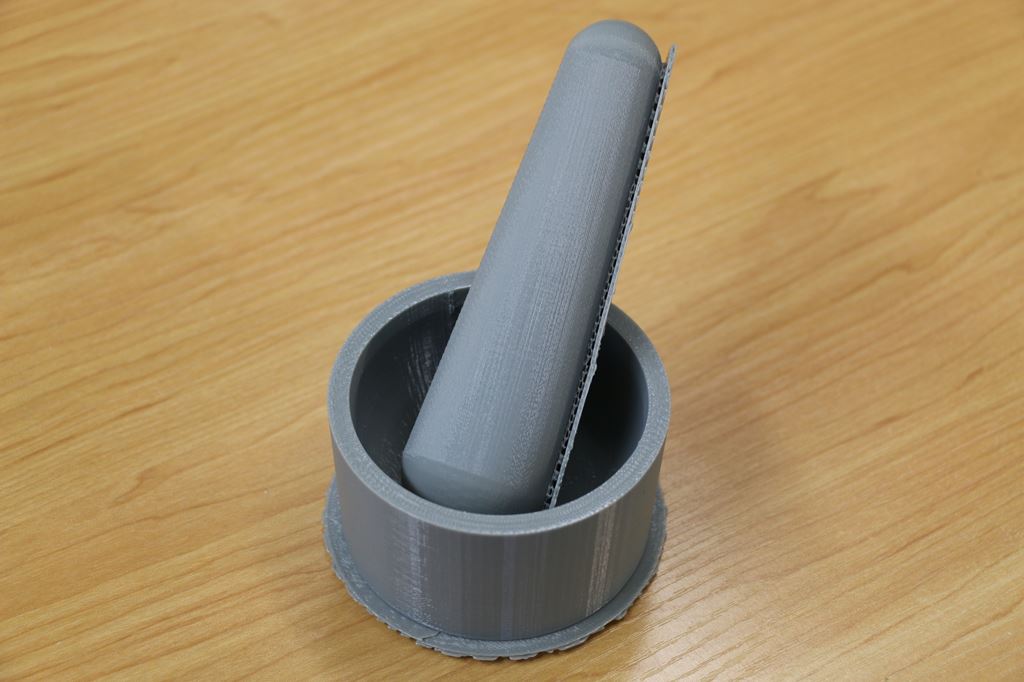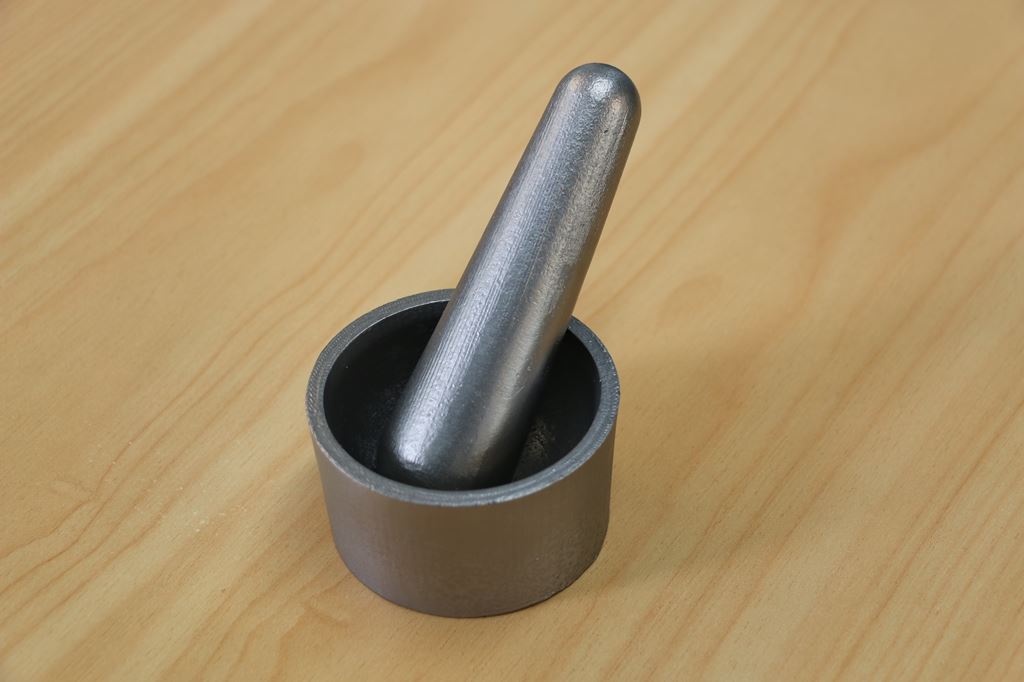We have the capability to manufacture casting prototypes using both 3D printing and machining from high density foam and then cast those designs in a range of metal alloys. Although the finish may not be to the same high quality as a part from wax, a fully functional casting will result.
As significant skill and expertise is applied in the development phase with one-off castings such as prototypes, costs are higher than production run quantities.



